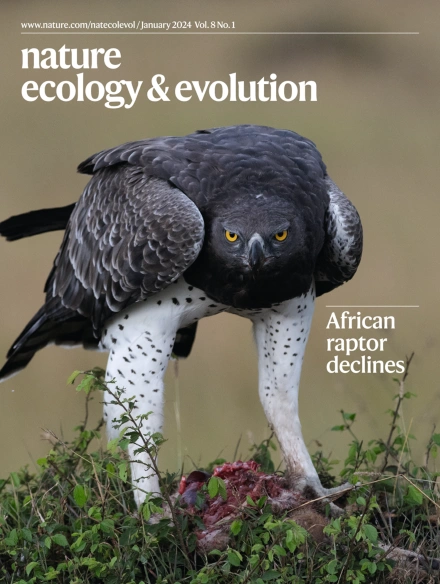Strategic planning could reduce farm-scale mariculture impacts on marine biodiversity while expanding seafood production
IF 13.9
1区 生物学
Q1 ECOLOGY
引用次数: 0
Abstract
Mariculture is one of the fastest growing global markets. Although it has potential to improve livelihoods and facilitate economic growth, it can negatively impact marine biodiversity. Here we estimate local cumulative environmental impacts from current and future (2050) mariculture production on marine biodiversity (20,013 marine fauna), while accounting for species range shifts under climate change. With strategic planning, the 1.82-fold increase in finfish and 2.36-fold increase in bivalve production needed to meet expected global mariculture demand in 2050 could be achieved with up to a 30.5% decrease in cumulative impact to global marine biodiversity. This is because all future mariculture farms are strategically placed in sea areas with the lowest cumulative impact. Our results reveal where and how much mariculture impacts could change in the coming decades and identify pathways for countries to minimize risks under expansion of mariculture and climate change through strategic planning. Estimating both current and future environmental impacts of global mariculture production on marine biodiversity, the authors show that, with strategic planning, it is possible to increase finfish and bivalve production to meet global demand while also achieving decreases in cumulative impacts to marine biodiversity by up to 30.5% in 2050.


战略规划可以减少养殖场规模的海水养殖对海洋生物多样性的影响,同时扩大海产品生产
海水养殖是全球增长最快的市场之一。尽管它有改善生计和促进经济增长的潜力,但它可能对海洋生物多样性产生负面影响。在此,我们估计了当前和未来(2050年)海水养殖生产对海洋生物多样性(20,013种海洋动物)的累积环境影响,同时考虑了气候变化下物种范围的变化。通过战略规划,在对全球海洋生物多样性的累积影响减少30.5%的情况下,可以实现在2050年满足预期全球海水养殖需求所需的鳍鱼产量增加1.82倍和双壳类产量增加2.36倍。这是因为所有未来的海水养殖场都战略性地放置在累积影响最小的海域。我们的研究结果揭示了未来几十年海水养殖影响可能发生变化的地方和程度,并确定了各国通过战略规划将海水养殖扩张和气候变化带来的风险降至最低的途径。
本文章由计算机程序翻译,如有差异,请以英文原文为准。
求助全文
约1分钟内获得全文
求助全文
来源期刊

Nature ecology & evolution
Agricultural and Biological Sciences-Ecology, Evolution, Behavior and Systematics
CiteScore
22.20
自引率
2.40%
发文量
282
期刊介绍:
Nature Ecology & Evolution is interested in the full spectrum of ecological and evolutionary biology, encompassing approaches at the molecular, organismal, population, community and ecosystem levels, as well as relevant parts of the social sciences. Nature Ecology & Evolution provides a place where all researchers and policymakers interested in all aspects of life's diversity can come together to learn about the most accomplished and significant advances in the field and to discuss topical issues. An online-only monthly journal, our broad scope ensures that the research published reaches the widest possible audience of scientists.
 求助内容:
求助内容: 应助结果提醒方式:
应助结果提醒方式:


